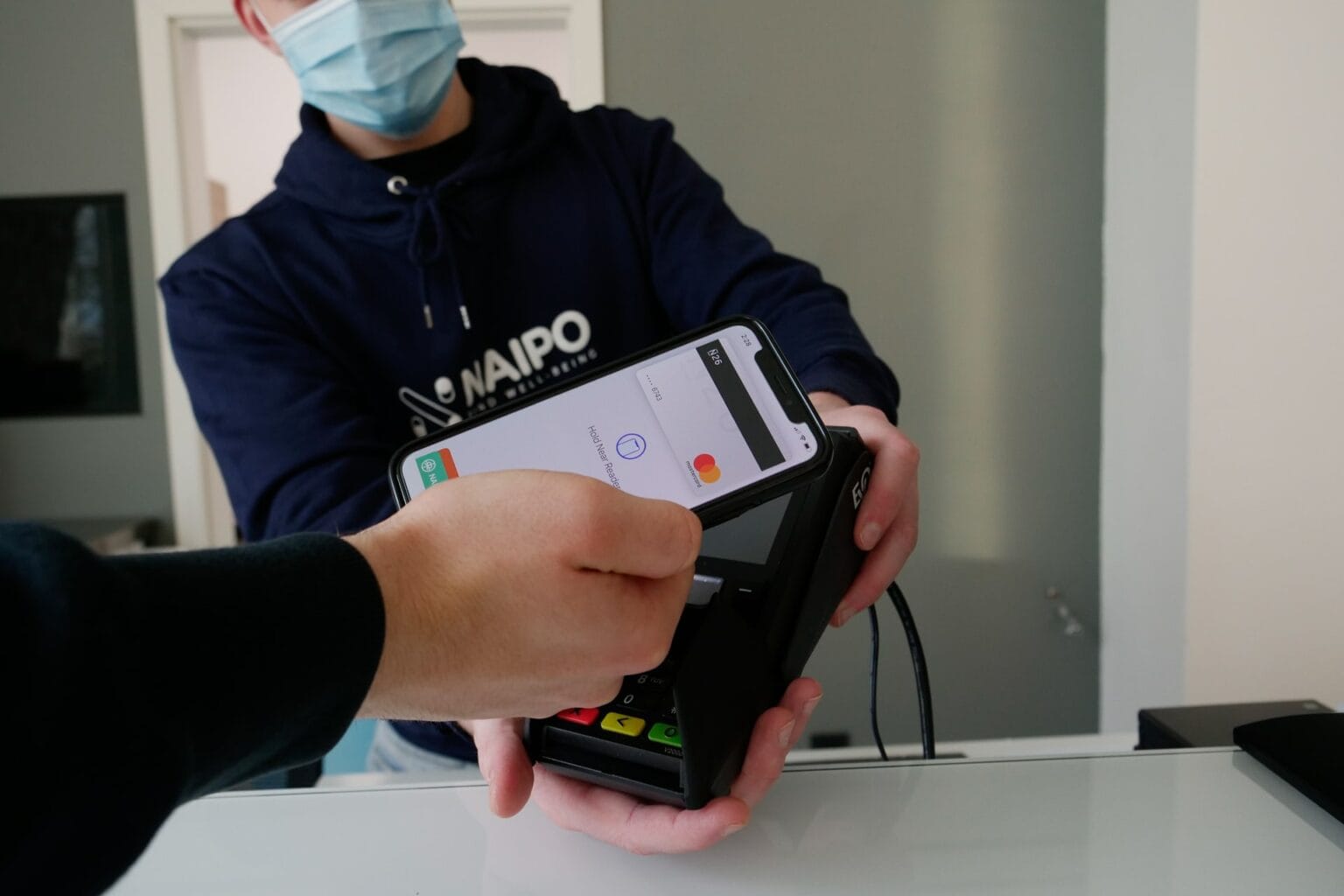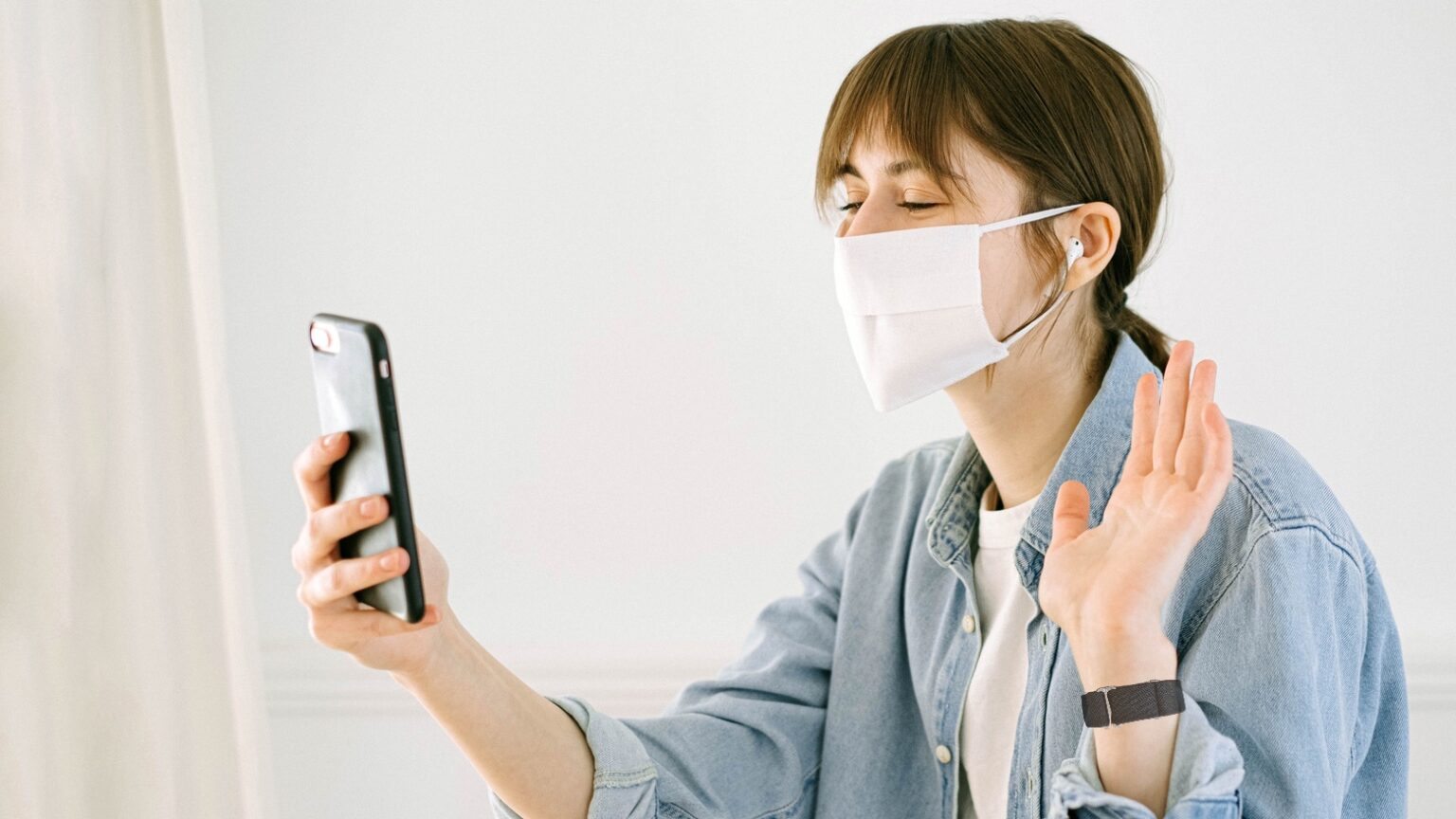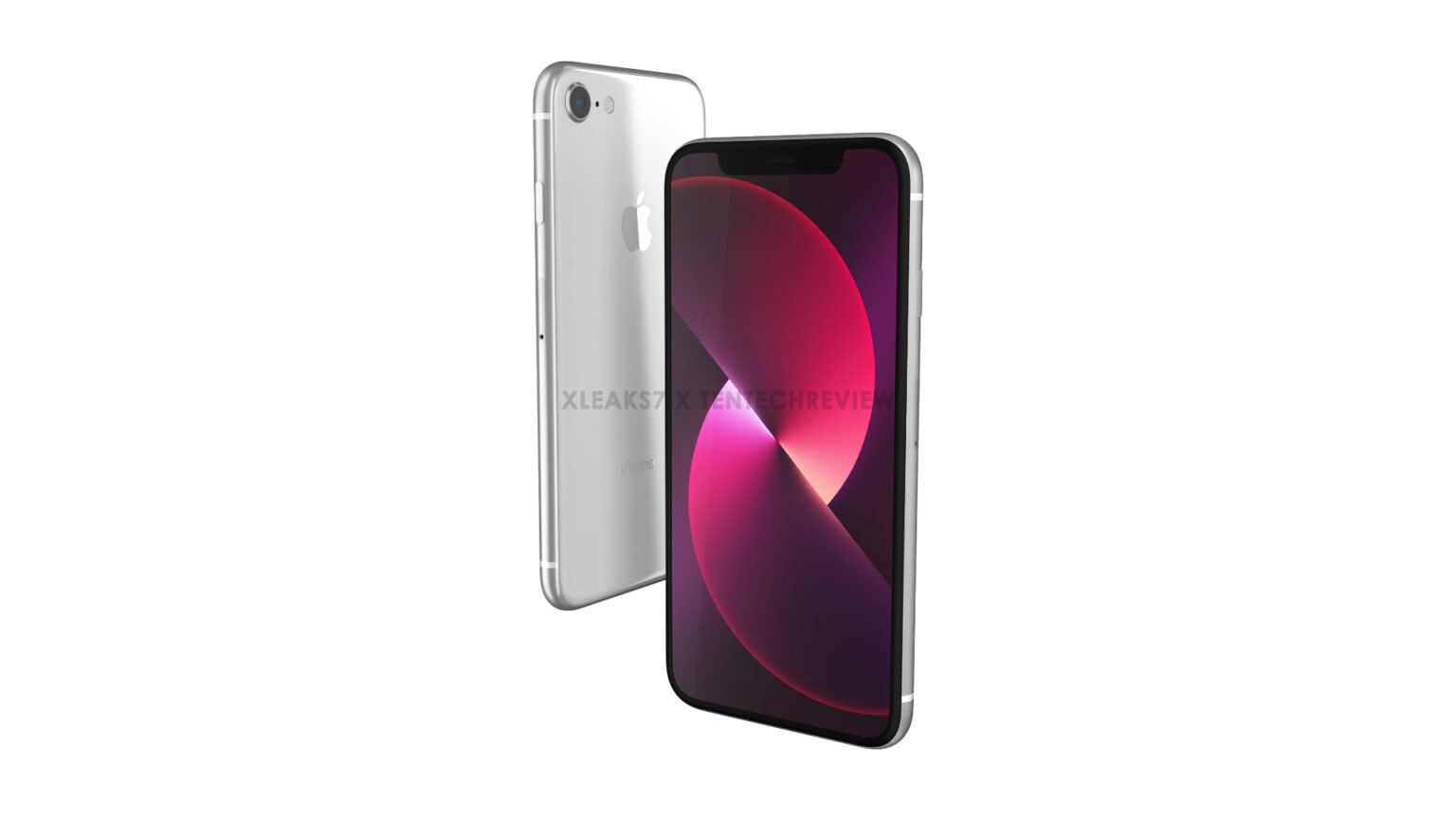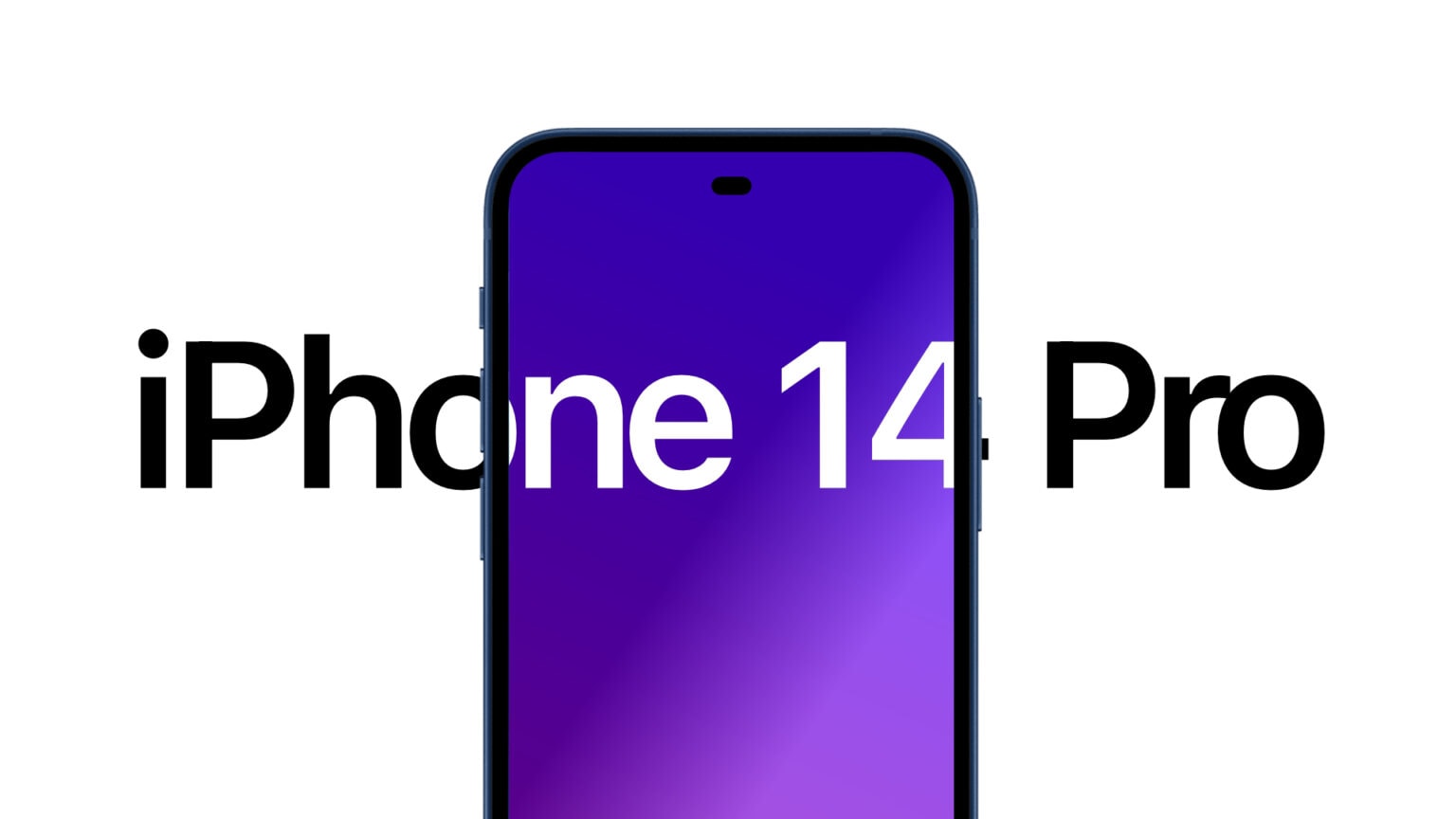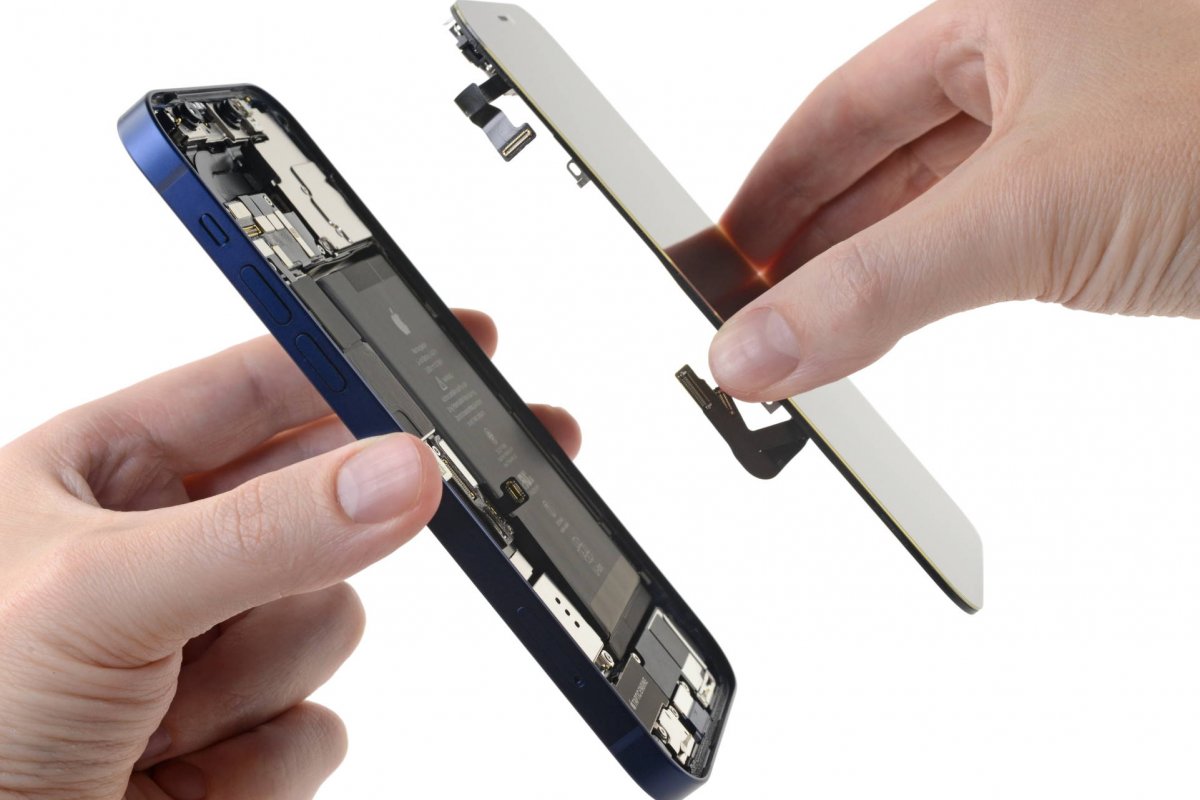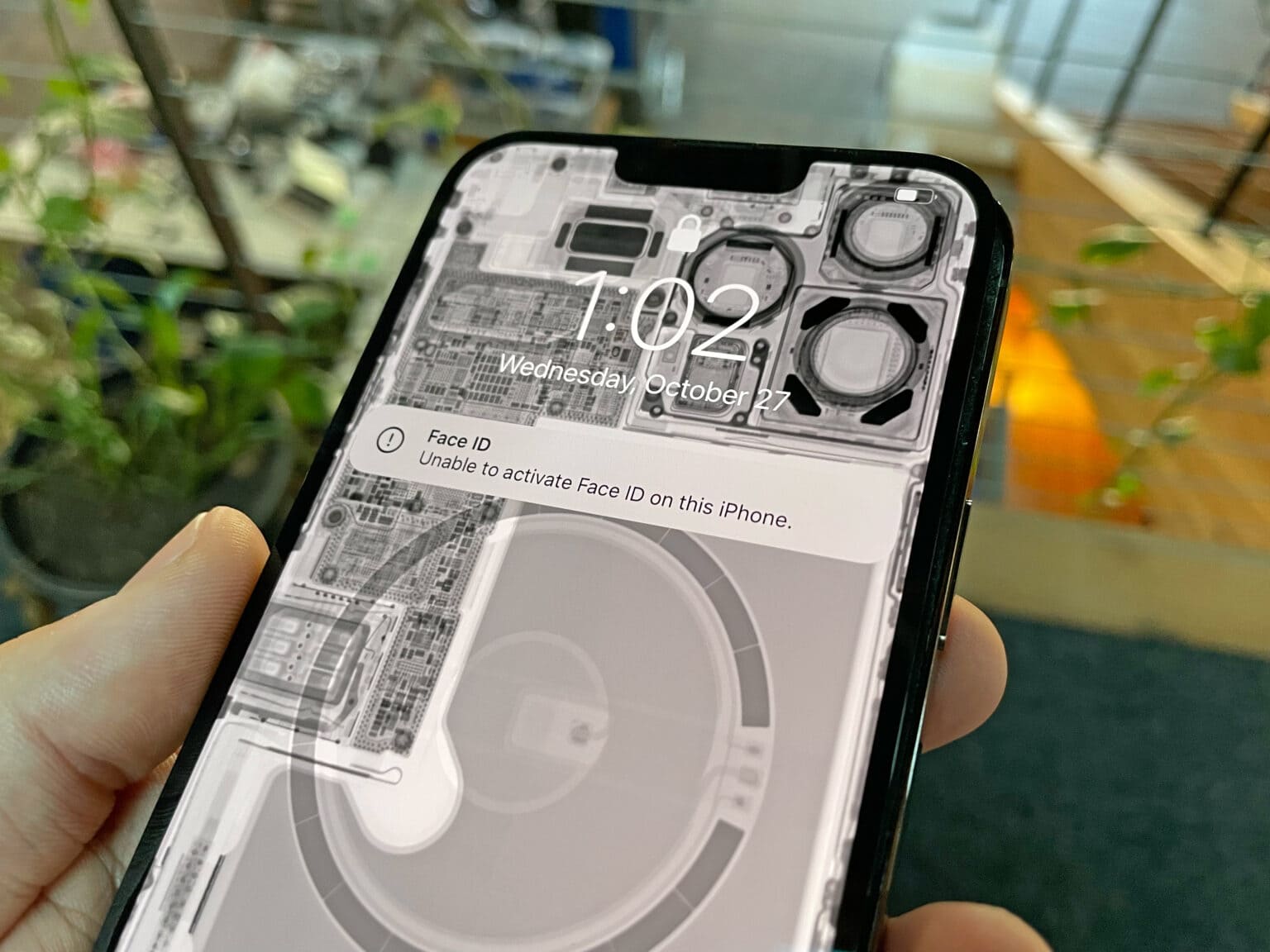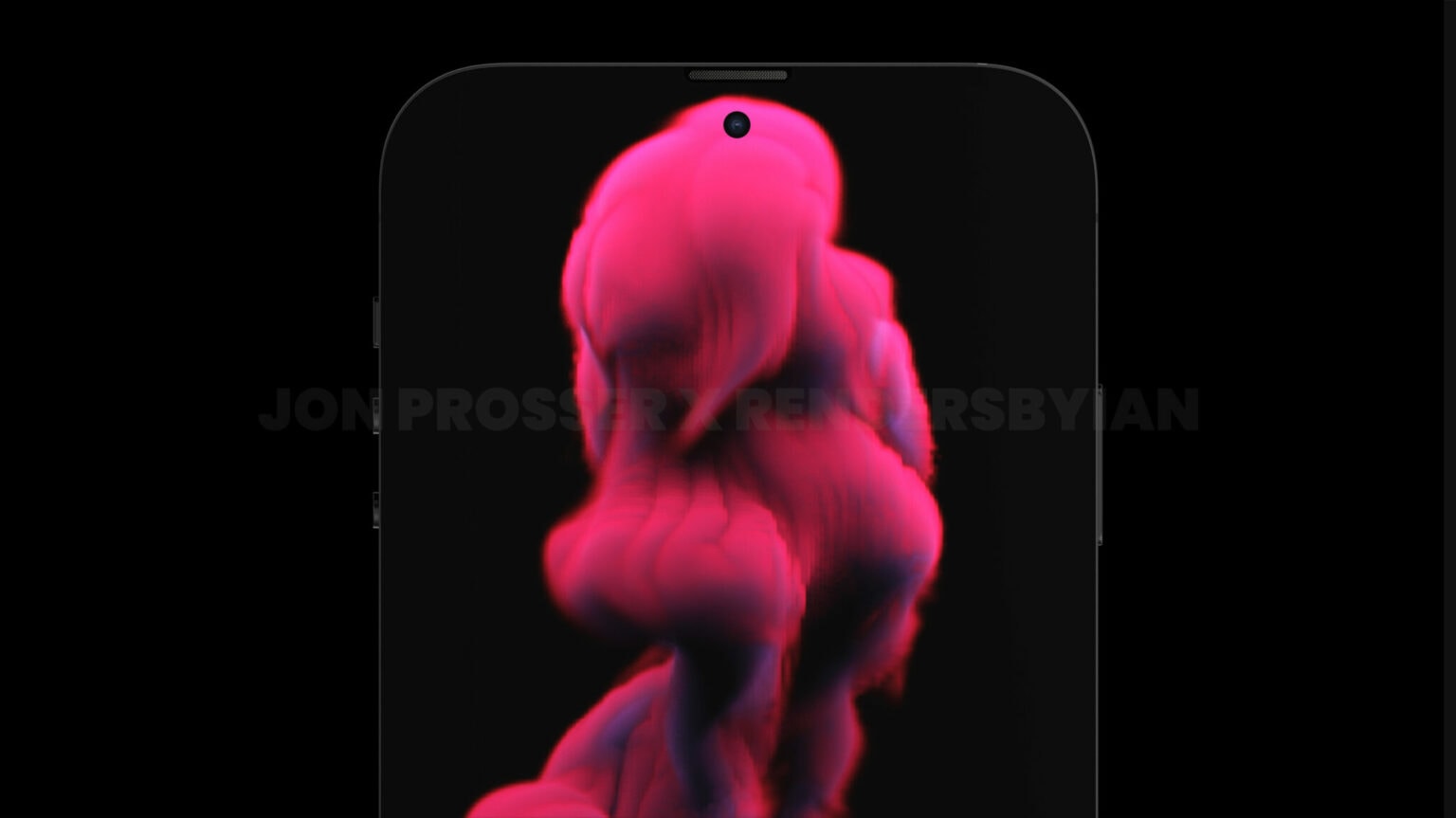Apple just received a patent that covers building Face ID into a MacBook. The facial-recognition system is not a feature of any Mac … yet. But the new patent serves as evidence that Apple is still at least considering the idea of replacing Touch ID with Face ID in its notebook line.
Apple hasn’t given up on Face ID for MacBooks

Graphic: Ed Hardy/Cult of Mac
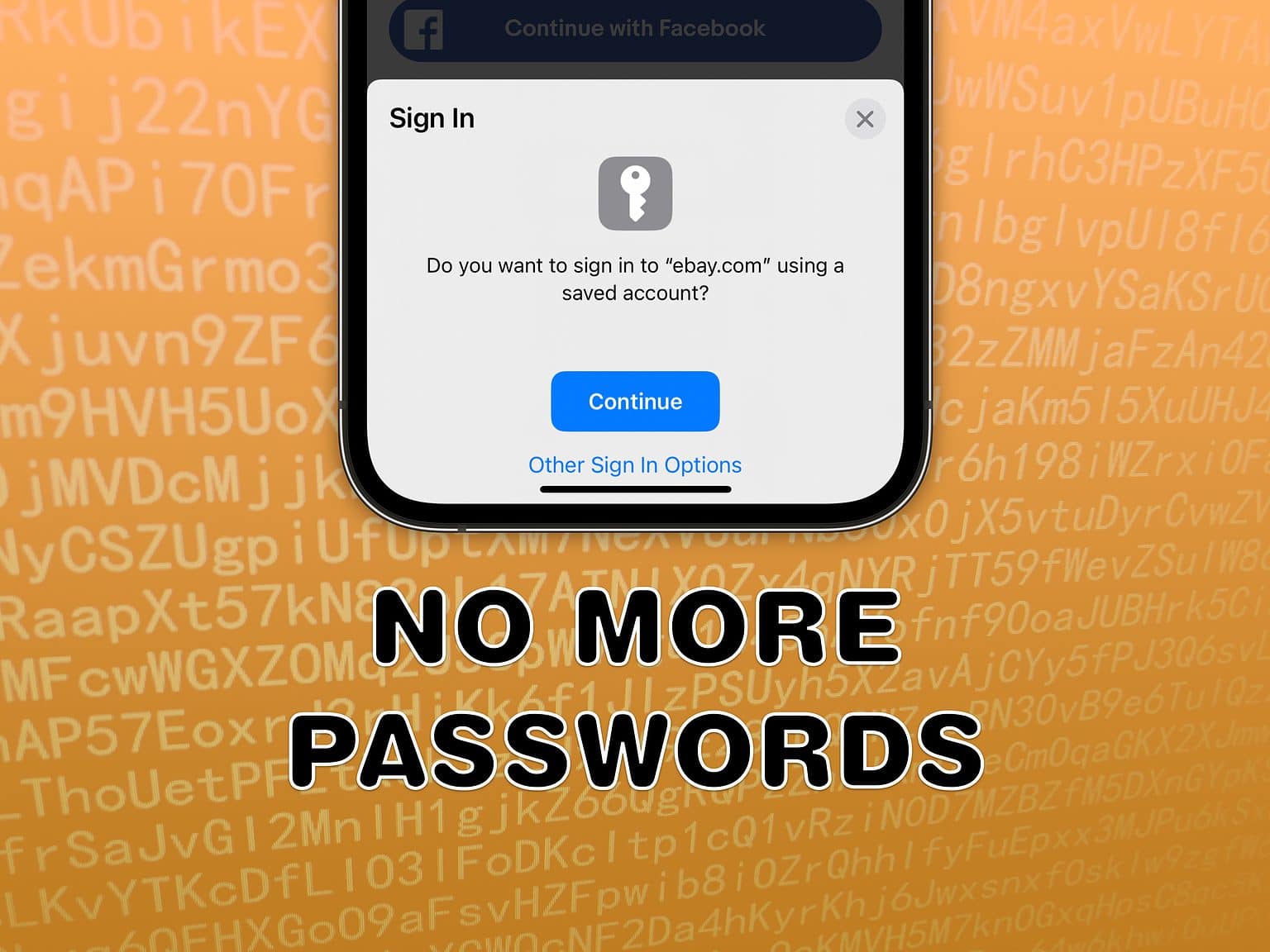
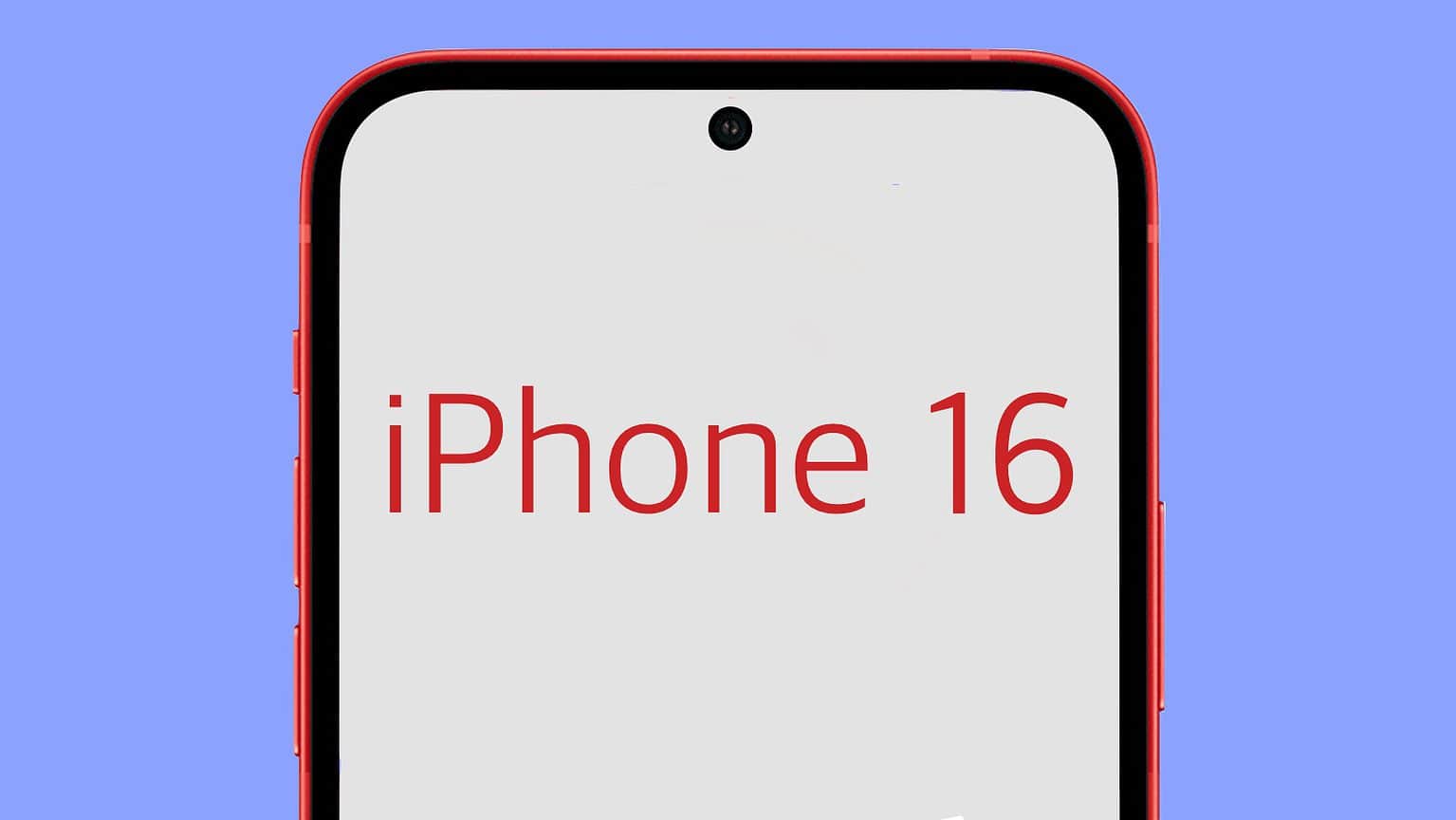
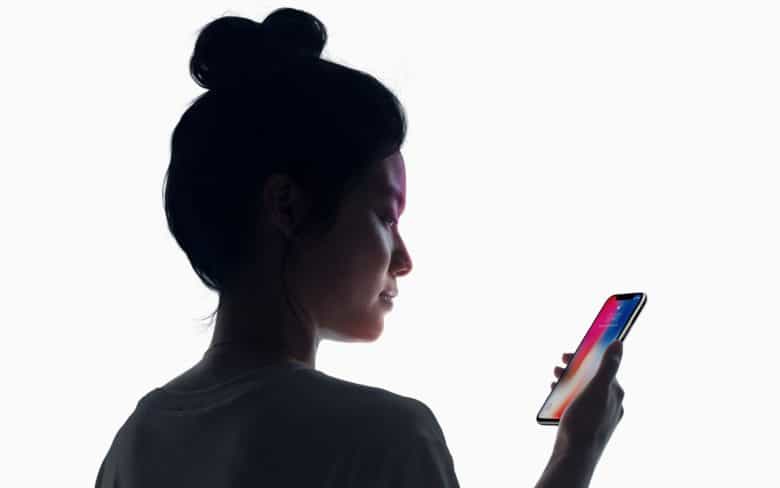
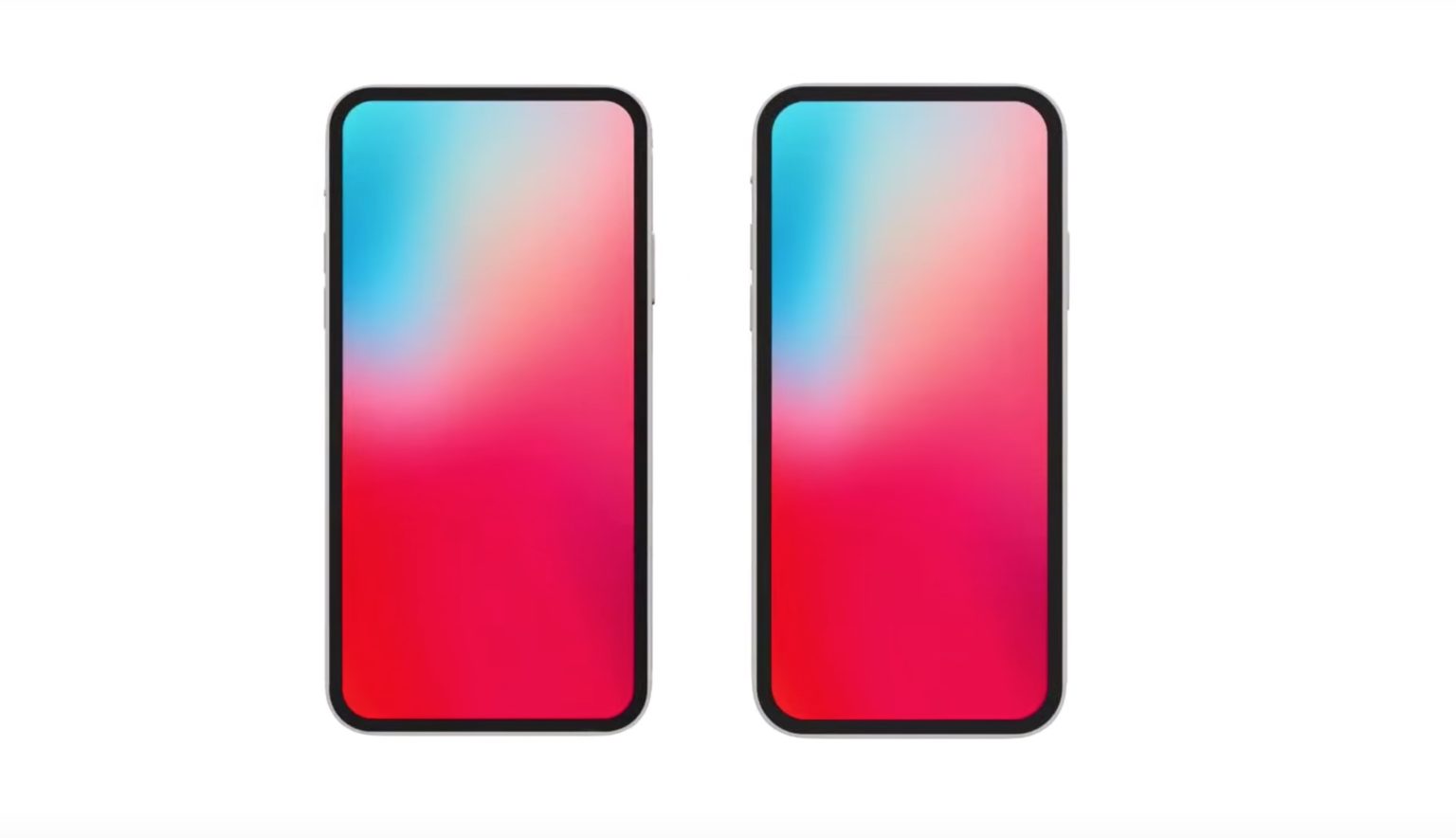
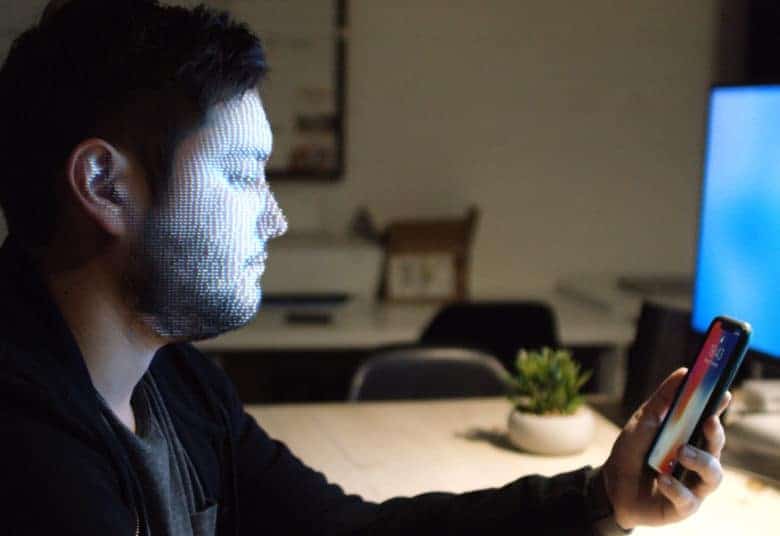
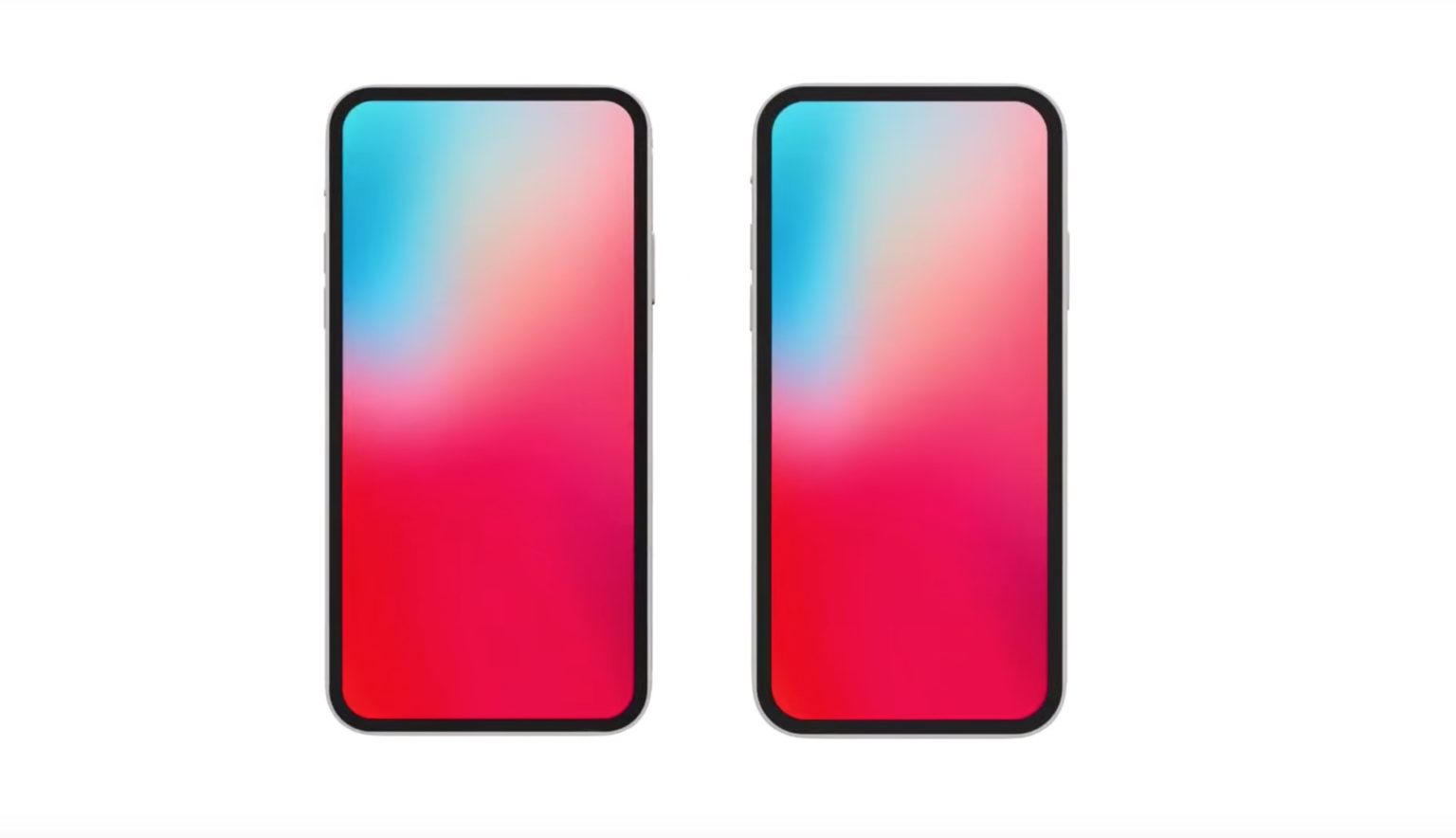
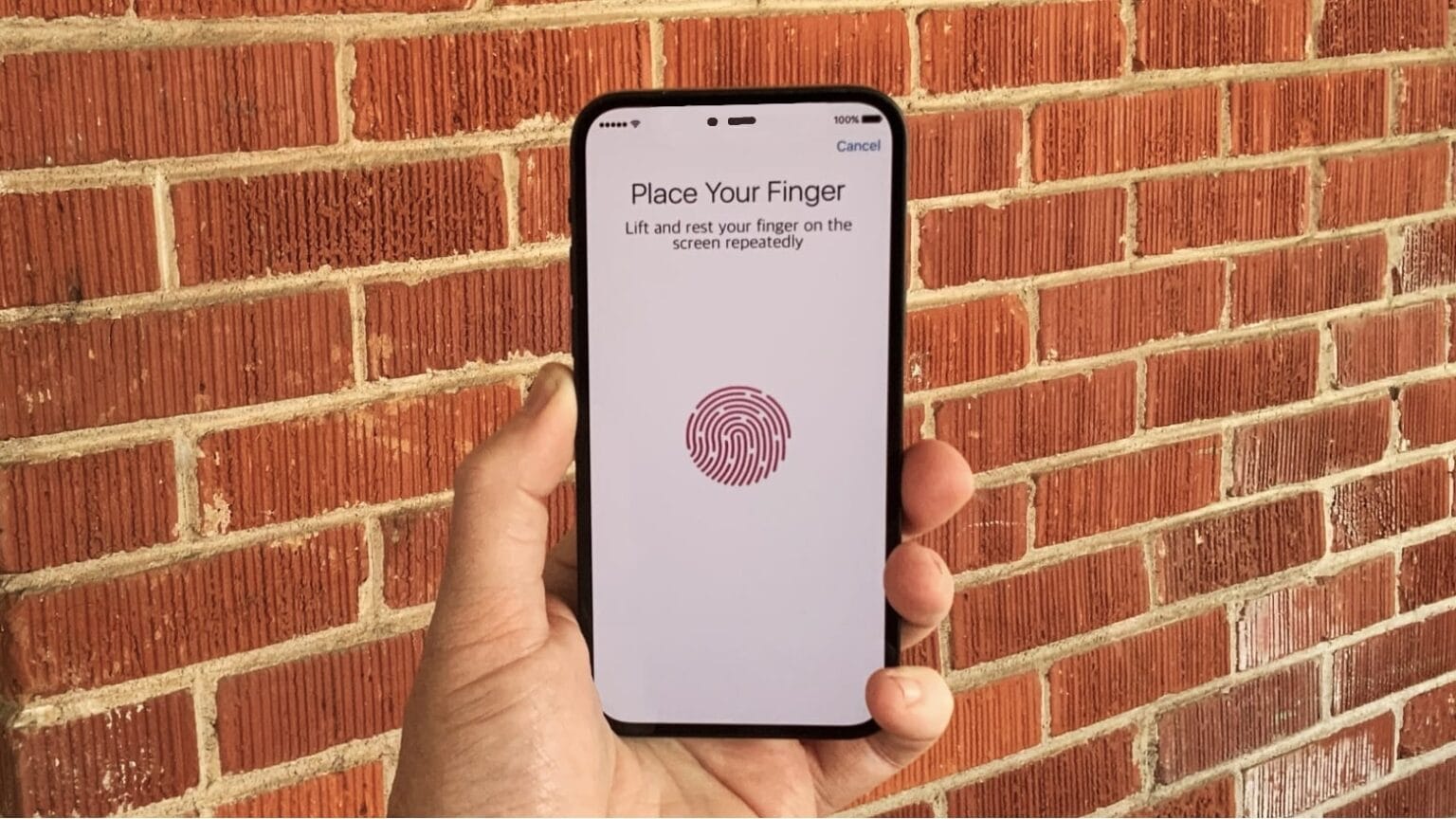
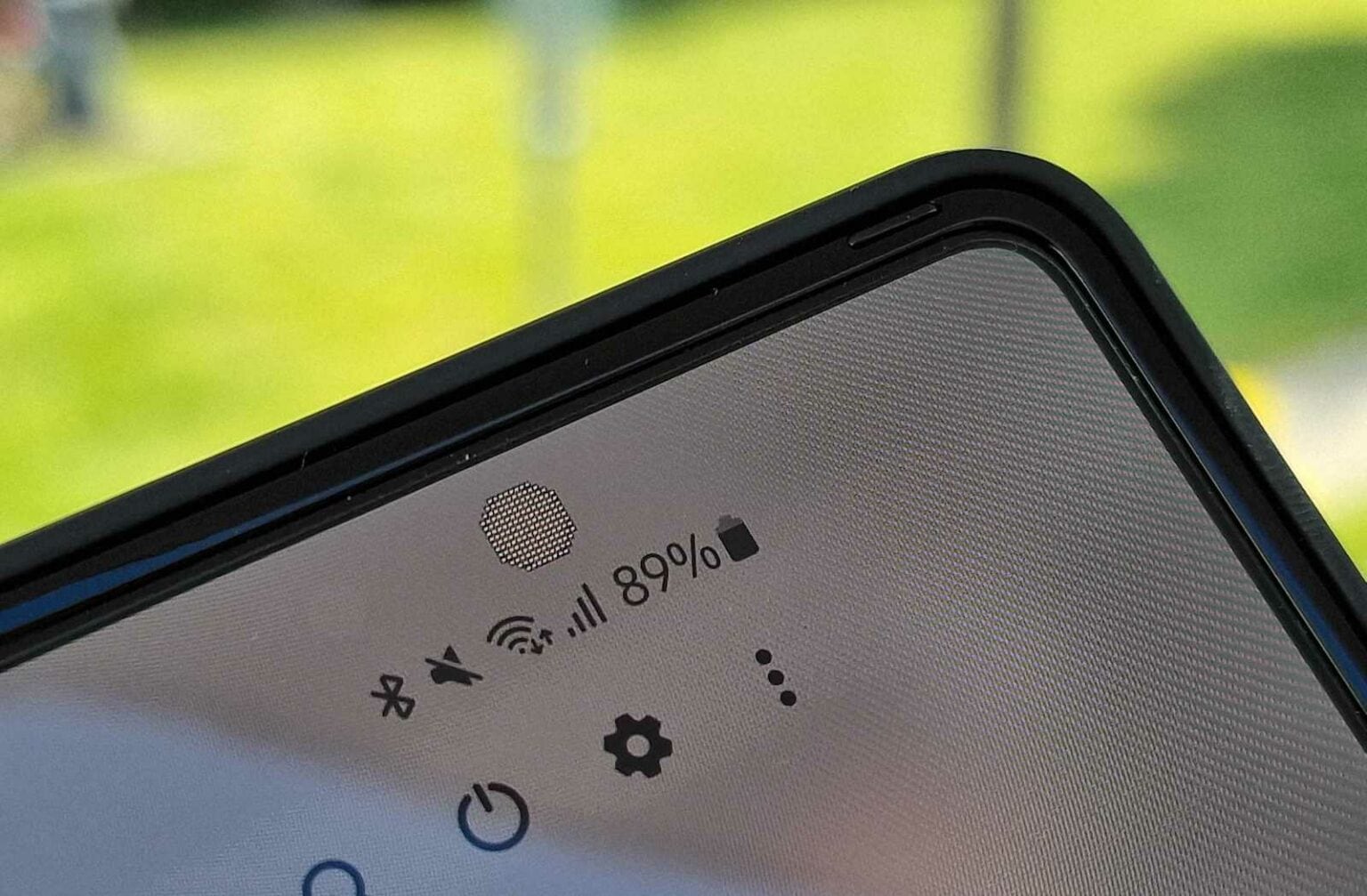
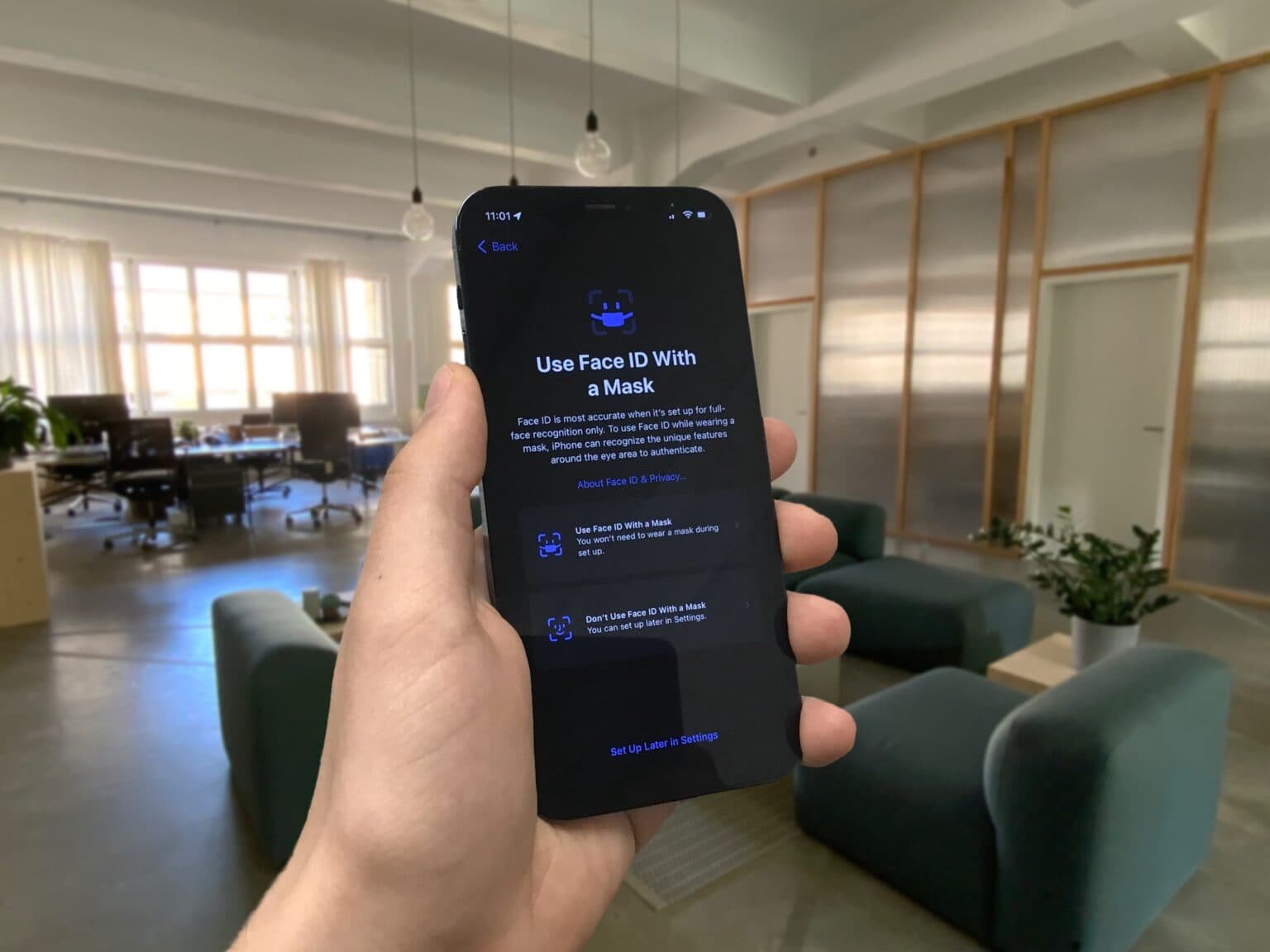
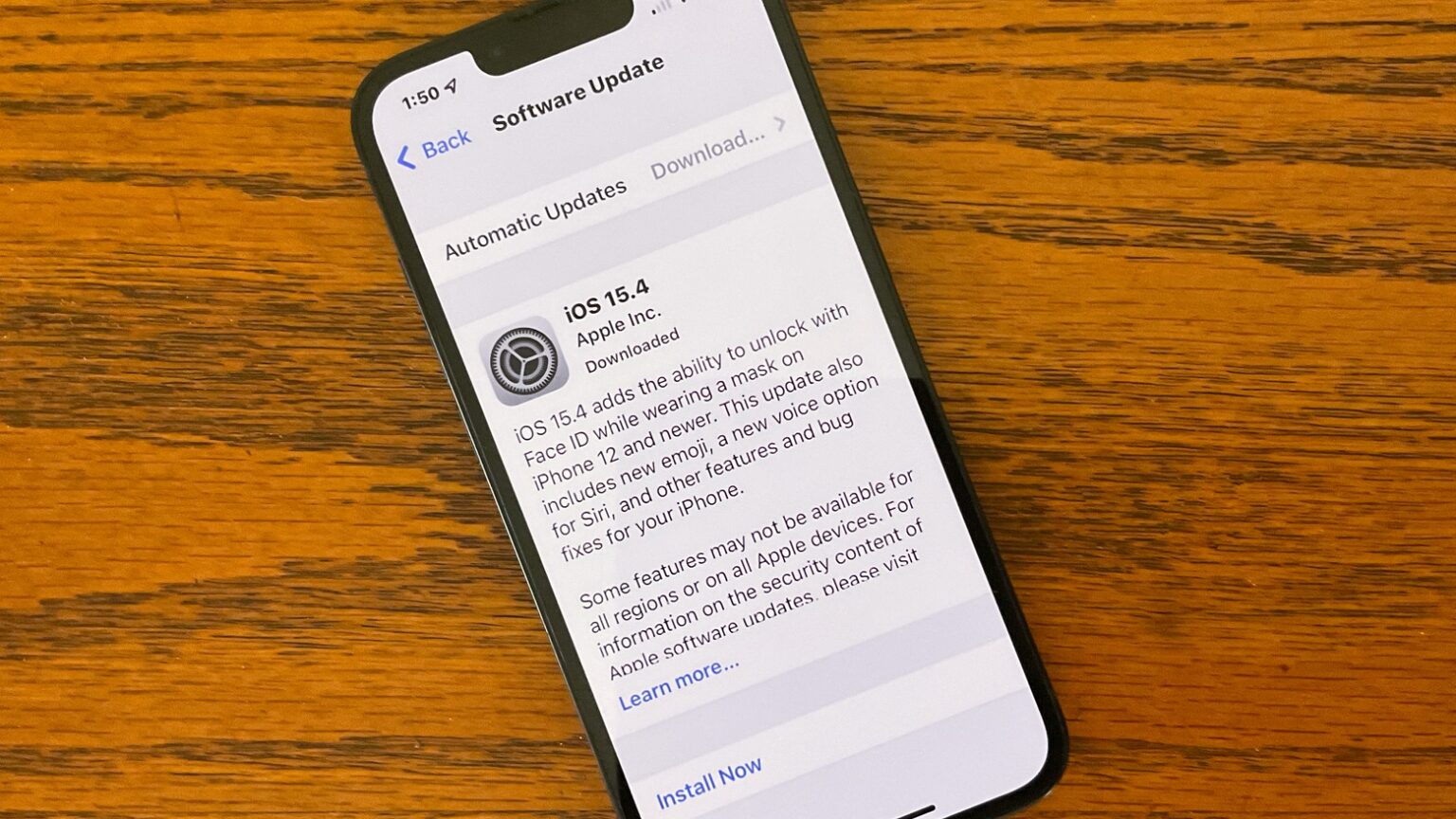
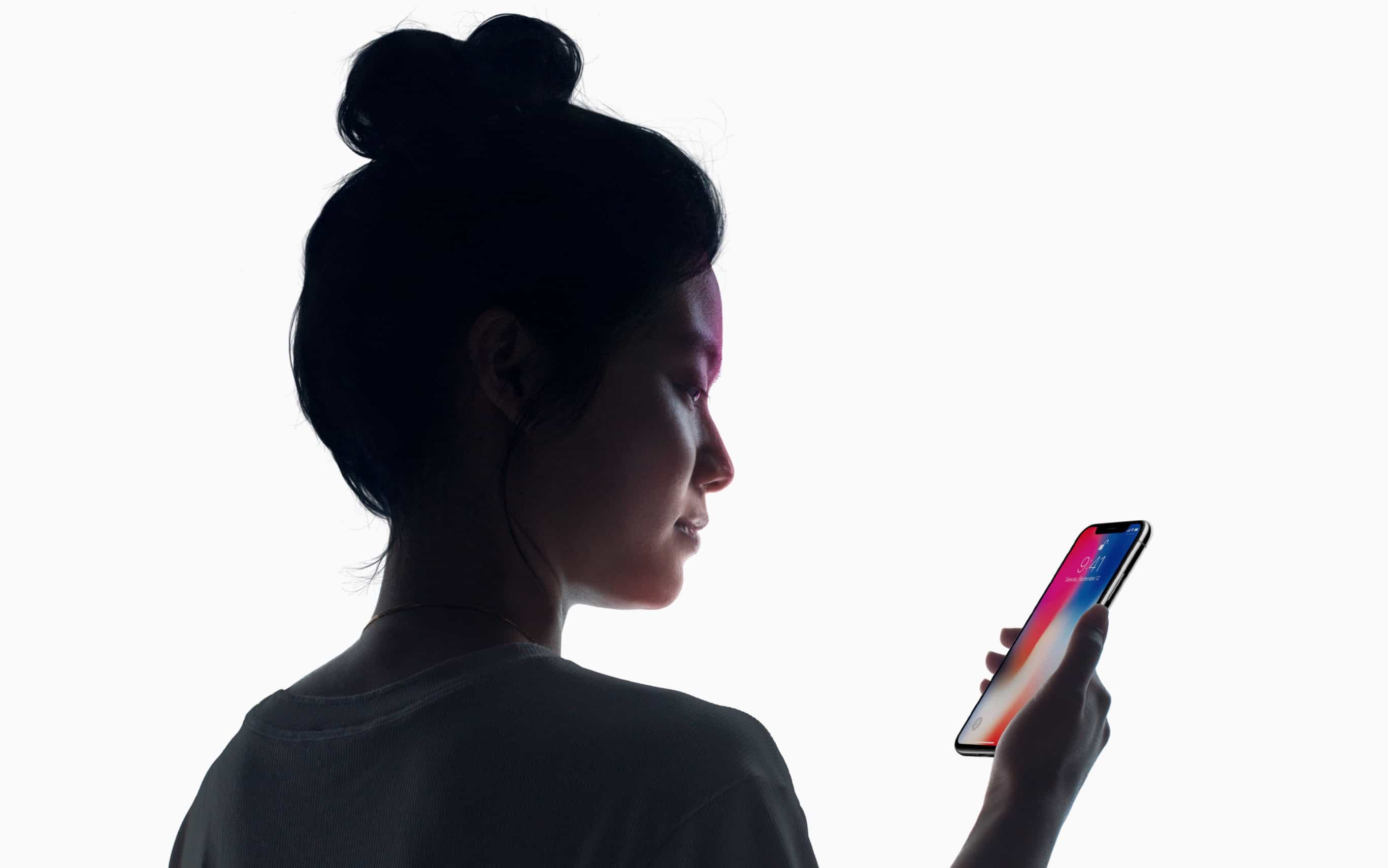
![Apple’s AR/VR headset is about to get real [The CultCast] The CultCast: Another realityOS leak takes us one step closer to strapping Apple gear onto our faces.](https://www.cultofmac.com/wp-content/uploads/2022/02/CC-531-2-1536x864.jpg)
![Incoming: New features in iOS 15.4, new gear at Apple’s March event [The CultCast] The CultCast: Face ID might play nice with masks in the near future. Better late than never!](https://www.cultofmac.com/wp-content/uploads/2022/02/CC-530-1536x864.jpg)
